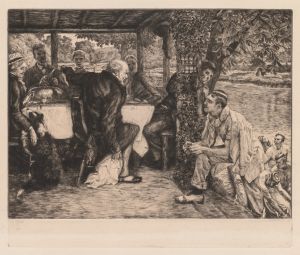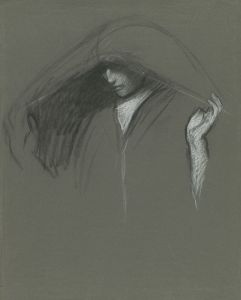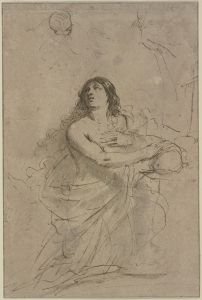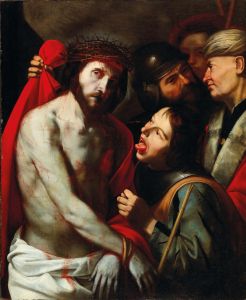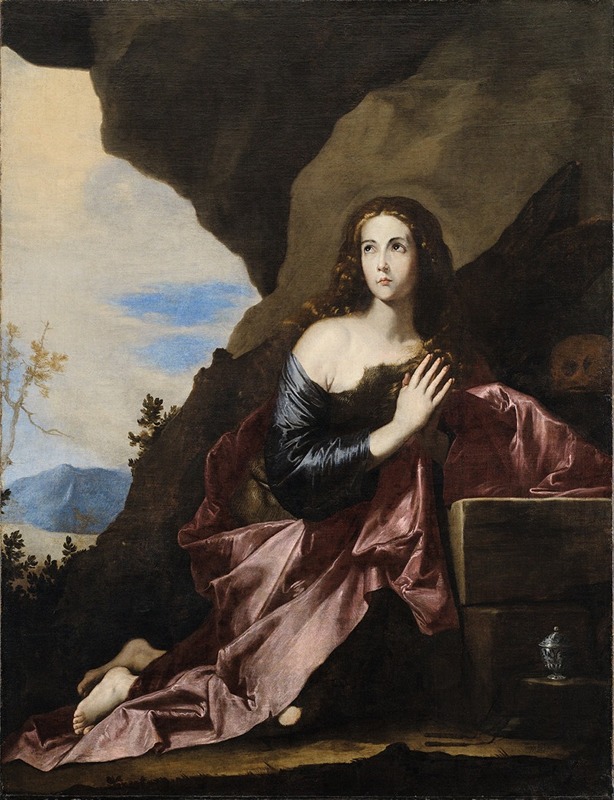
Mary Magdalene Penitent
A hand-painted replica of Jusepe de Ribera’s masterpiece Mary Magdalene Penitent, meticulously crafted by professional artists to capture the true essence of the original. Each piece is created with museum-quality canvas and rare mineral pigments, carefully painted by experienced artists with delicate brushstrokes and rich, layered colors to perfectly recreate the texture of the original artwork. Unlike machine-printed reproductions, this hand-painted version brings the painting to life, infused with the artist’s emotions and skill in every stroke. Whether for personal collection or home decoration, it instantly elevates the artistic atmosphere of any space.
Mary Magdalene Penitent is a painting by the Spanish Baroque artist Jusepe de Ribera, created in the 17th century. Ribera, who spent much of his career in Naples, was known for his dramatic use of chiaroscuro and his focus on religious and mythological subjects. This work is one of several depictions of Mary Magdalene by Ribera, a theme that was popular in Baroque art due to its emotional and spiritual resonance.
The painting portrays Mary Magdalene in a moment of penitence, a common representation of the saint in Christian art. She is depicted as a solitary figure, often shown in a contemplative pose, reflecting her repentance and devotion. Ribera's characteristic use of light and shadow enhances the emotional intensity of the scene, drawing attention to the figure's face and hands, which are central to the composition. The somber palette and realistic details are hallmarks of Ribera's style, emphasizing the humanity and vulnerability of the subject.
In this work, Mary Magdalene is typically shown with attributes associated with her story, such as a skull, symbolizing mortality and the transience of earthly life, and a book or a cross, representing her spiritual devotion. These elements serve to underscore the themes of repentance and redemption. Ribera's depiction of Mary Magdalene aligns with the Counter-Reformation emphasis on personal piety and the transformative power of faith.
The exact date of the painting's creation is not definitively known, but it is generally attributed to Ribera's mature period, when he was producing some of his most accomplished works. The painting is notable for its psychological depth and the artist's ability to convey complex emotions through subtle expressions and gestures.
Today, Mary Magdalene Penitent is housed in various collections, as Ribera created multiple versions of this theme. One of the most recognized versions is part of the collection of the Louvre Museum in Paris, France. The painting continues to be studied and admired for its technical mastery and its ability to evoke a profound sense of spirituality and introspection.
Jusepe de Ribera remains a significant figure in Baroque art, and his works, including his depictions of Mary Magdalene, are celebrated for their emotional power and their contribution to the artistic and religious culture of the 17th century.







